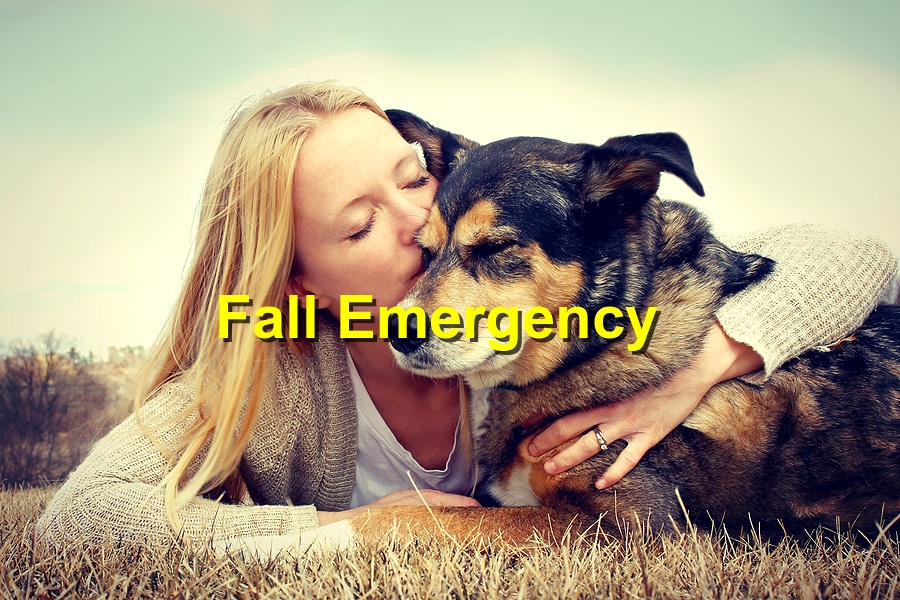How to Prepare Your Pet for a Fall Emergency

Fall is a beautiful season, but it also brings potential emergencies such as storms, wildfires, power outages, and early cold snaps. Just as families prepare for unexpected events, pets also need protection and planning to stay safe. By taking proactive steps, you can ensure your furry companion is ready for anything autumn may bring.
Here’s how to prepare your pet for a fall emergency.
1. Build a Pet Emergency Kit
Having an emergency kit for your pet can save time and stress during a crisis. Include:
- Food and water: At least three days’ worth.
- Medications: With clear instructions.
- First-aid supplies: Bandages, antiseptic wipes, and vet-approved treatments.
- Comfort items: A favorite toy or blanket to reduce stress.
- Sanitation supplies: Waste bags, litter, and cleaning wipes.
Store the kit in an easy-to-carry bag in case you need to evacuate.
2. Keep Identification Updated
Emergencies can cause pets to panic and escape. Make sure:
- Your pet wears a collar with an ID tag.
- Microchip information is up-to-date with your current address and phone number.
- You have recent photos of your pet in case they get lost.
3. Create an Evacuation Plan
Not all shelters accept pets during emergencies, so planning ahead is critical.
- Identify pet-friendly hotels or shelters in your area.
- Ask friends or family if they can provide temporary care.
- Practice loading your pet into a carrier or car so they feel less anxious.
4. Prepare for Fall Weather Risks
Autumn comes with its own set of dangers:
- Storms: High winds and flooding can pose serious risks.
- Cold snaps: Early freezes may put pets at risk of hypothermia.
- Wildfires: Dry fall conditions increase fire hazards in some regions.
Keep pets indoors during extreme weather and follow local emergency alerts.
5. Reduce Stress During Emergencies
Pets often mirror their owner’s anxiety. You can help by:
- Staying calm and speaking reassuringly.
- Bringing familiar items like toys or bedding.
- Using calming sprays or vet-approved anxiety aids if needed.
6. Stay Informed and Ready
- Sign up for weather and emergency alerts in your area.
- Keep your veterinarian’s contact information handy.
- Regularly review and refresh your emergency plan and supplies.
Conclusion: Be Proactive, Not Reactive
Preparing your pet for a fall emergency ensures they’re protected no matter what happens. With a stocked emergency kit, updated ID, and a clear evacuation plan, you’ll have peace of mind knowing your furry friend is safe. Emergencies are unpredictable, but your preparation can make all the difference in keeping your pet healthy and secure.
References: American Redcross, Ready gov
Comments
Post a Comment